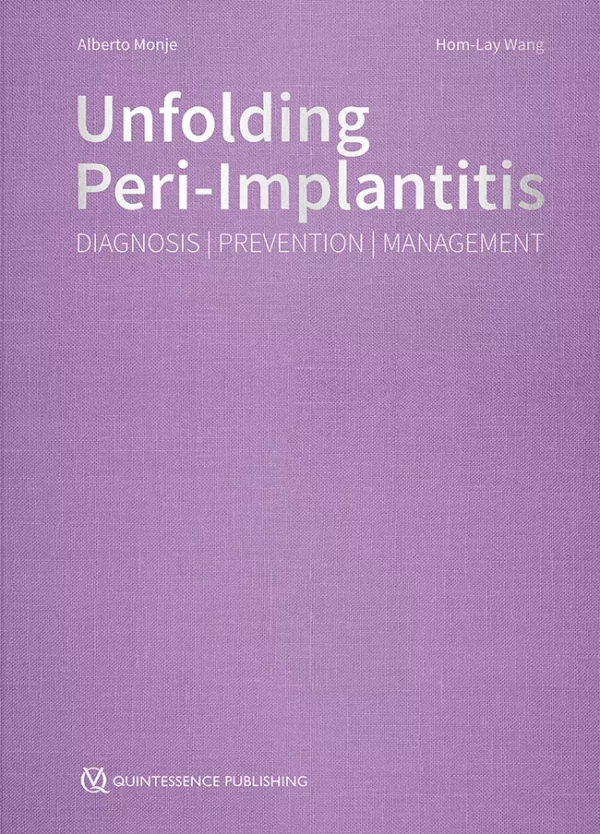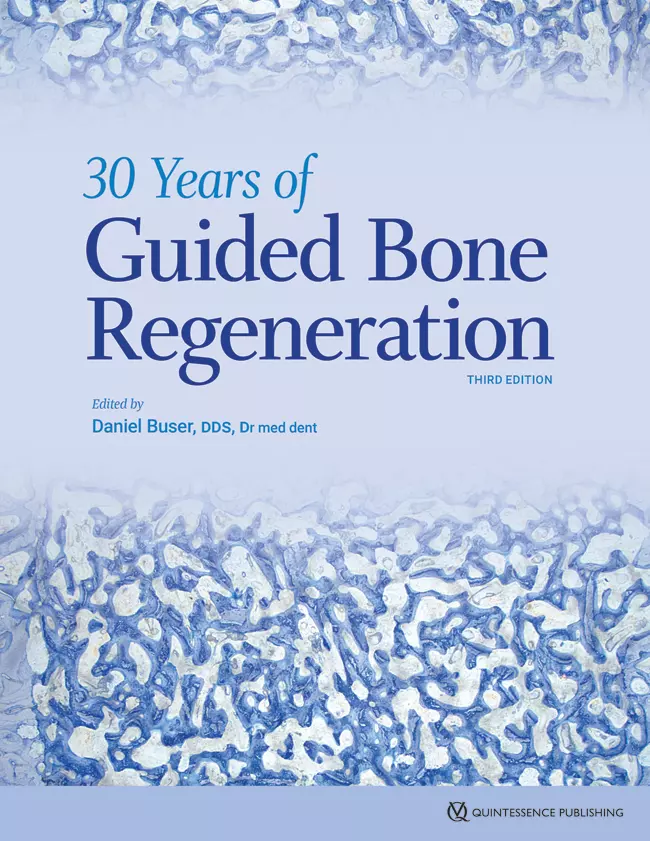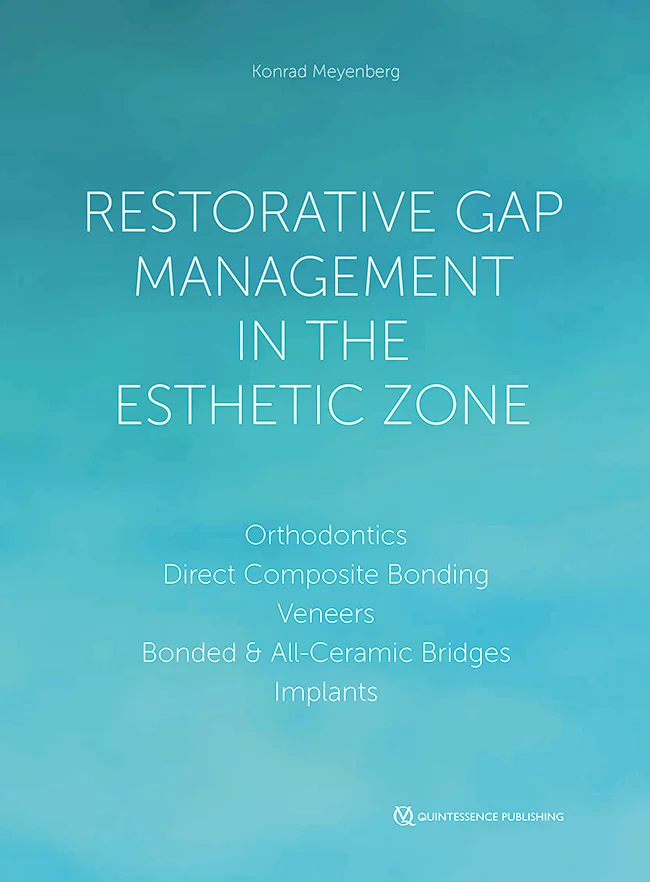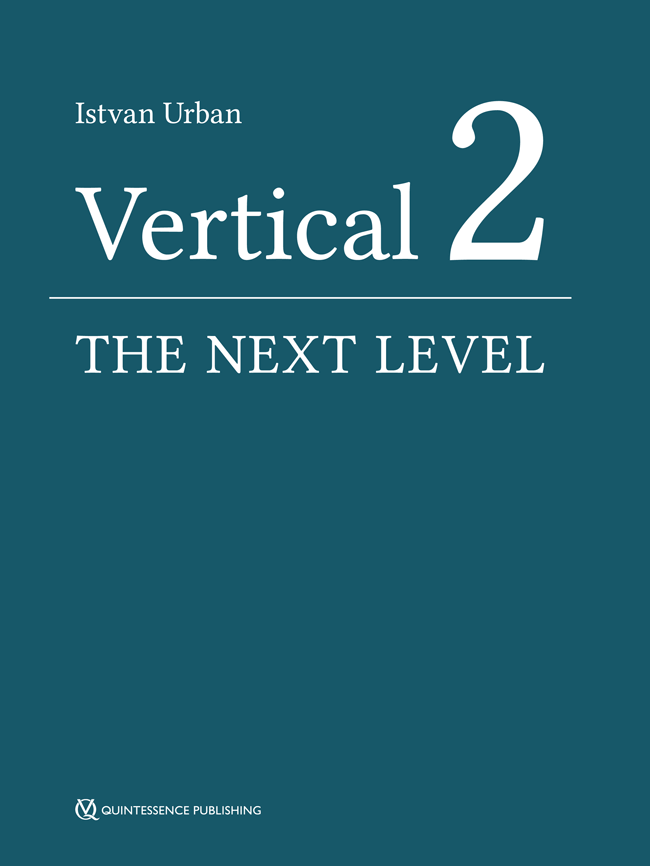Description
When osseointegration was first introduced by Brånemark as a therapy for the replacement of the natural dentition, it was accepted as an appropriate and predictable solution for young and middle-aged edentulous patients. No one anticipated the positive results and high level of acceptability that this therapy would bring about. The decision regarding whether to save a tooth or insert an implant is one that the implant clinician makes based on previous experience, recently approved therapeutics, and the best interests of the patient. This high-quality and timely publication will serve to enhance the armamentarium of implant clinicians in this regard. The editors have engaged leading thinkers in surgery and prosthetics to share their methods, ranging from prevention to regeneration. The text provides contemporary information for achieving constructive endpoint goals and for managing solutions to peri-implantitis and should have a place in every dental library.
Contents
Chapter 01. Unfolding the Initiation and Progression of Peri-Implantitis: The Scope of the Problem
Chapter 02. Diagnosis and Monitoring of Peri-Implant Conditions
Chapter 03. In Vitro Diagnostics in Monitoring Peri-Implant Conditions
Chapter 04. Morphologic and Phenotypical Characteristics of Peri-Implantitis
Chapter 05. Critical Peri-Implant Soft Tissue Dimensions in Health and Disease
Chapter 06. Critical Peri-Implant Hard Tissue Dimensions in Health and Disease
Chapter 07. Local Confounders of Peri-Implantitis: Predisposing, Precipitating, and Accelerating Factors
Chapter 08. Systemic Confounders and Deleterious Habits Associated with Peri-Implantitis
Chapter 09. Genetic and Epigenetic Susceptibility of Peri-Implantitis
Chapter 10. Primary Prevention of Peri-Implantitis: Peri-Implant Supportive Maintenance Therapy
Chapter 11. Secondary Prevention of Peri-Implantitis: Management of Peri-Implant Mucositis
Chapter 12. Management of Peri-Implantitis. Part 1: Lessons Learned from the Treatment of Periodontitis
Chapter 13. Management of Peri-Implantitis. Part 2: A Simplified Decision-Making Process
Chapter 14. Non-Surgical Treatment for Peri-Implantitis
Chapter 15. Pharmacologic Adjuncts for the Management of Peri-Implantitis
Chapter 16. Strategies for Implant Surface Detoxification
Chapter 17. Surgical Resective Therapy of Peri-Implant Defects: When and How?
Chapter 18. Part I. Reconstructive Therapy for the Management of Peri-Implantitis
Chapter 18. Part II. The EP-DDS Protocol for Reconstructive Therapy. A New Perspective in the Management of Peri-Implantitis
Chapter 19. Soft Tissue Conditioning for the Prevention and Management of Peri-Implantitis
Chapter 20. The Use of Biologic Agents in Peri-Implantitis Therapy: Rationale and Efficacy
Chapter 21. Management of Peri-Implant Soft Tissue Dehiscences in the Esthetic Zone
Chapter 22. Future Perspectives in the Understanding of Peri-Implantitis
Contributors
Roberto Abundo • Ettore Amerio • Farah Asa’ad • Gustavo Avila-Ortiz • Gonzalo Blasi • Wenche S. Borgnakke • Daniel Buser • Donald Clem • Karim El Kholy • Marcelo Freire • María Elisa Galárraga-Vinueza • Pablo Galindo-Moreno • Carlos Garaicoa-Pazmiño • William V. Giannobile • Ángel Insua Brandariz • Janet Kinney • Lena Larsson • Guo-Hao Lin • Richard J. Miron • Alberto Monje • José Nart • Myron Nevins • Francisco J. O’Valle Ravassa • Miguel Padial-Molina • Mia Rakic • Ausra Ramanauskaite • Giulio Rasperini • Stefan Renvert • Giovanni E. Salvi • Ignacio Sanz Sánchez • Markus Schlee • Frank Schwarz • Anton Sculean • Martina Stefanini • Fernando Suárez-López del Amo • Istvan Urban • Hom-Lay Wang • Giovanni Zucchelli • Shih-Cheng Wen






Reviews
There are no reviews yet.